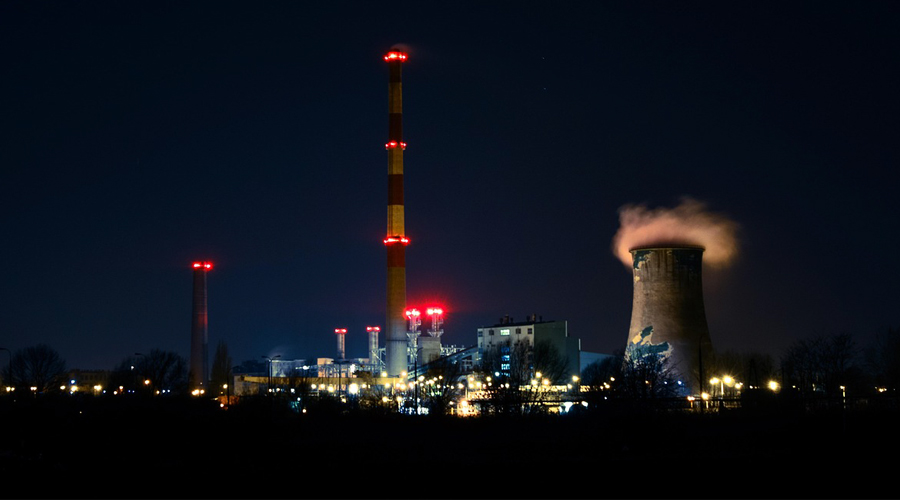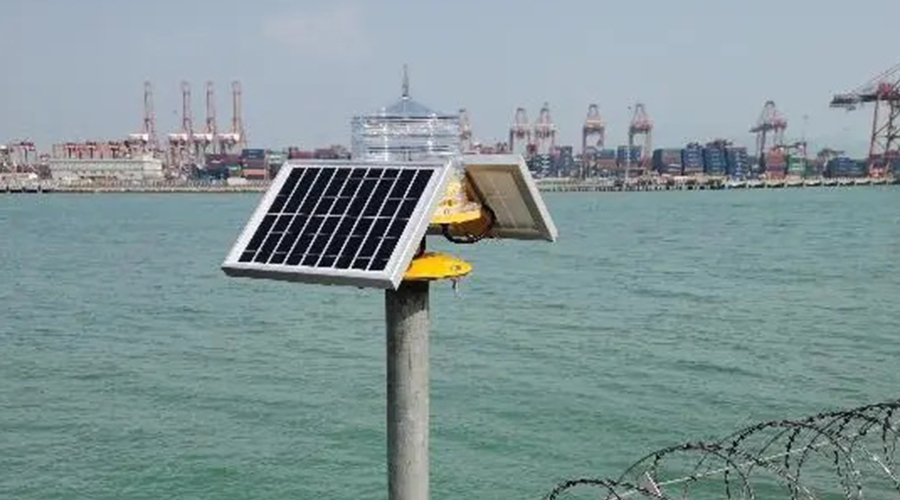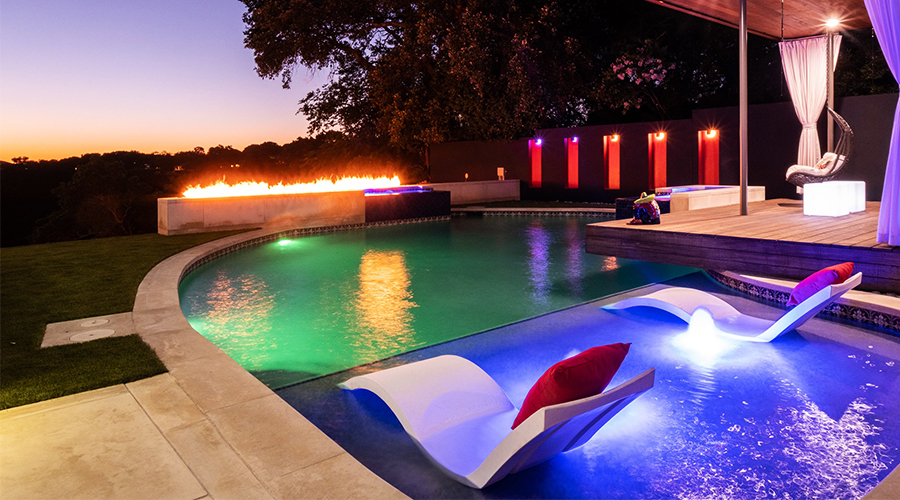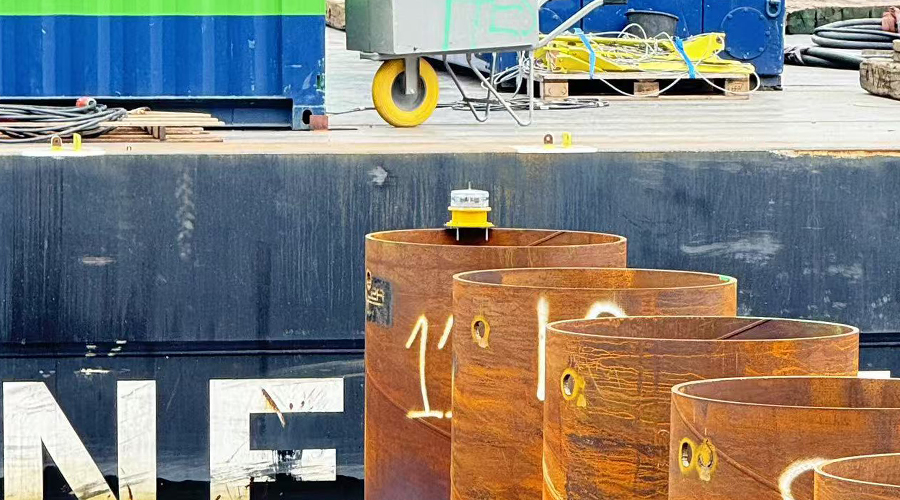The airport is equipped with a large number of various airport lights that emit bright light to help aircraft use the airport at night. These navigation lights are mainly concentrated on the runway. There are runway edge lights on both sides of the runway that emit white light and are installed on metal poles to show the outline of the runway.
How do Pilots Fly Precision Approaches Using Airport Lights? How do pilots use lights to fly an accurate approach?
Most approaches that airline pilots fly are based on instruments in the cockpit.
These various instruments show the pilots if they are aligned with the runway correctly and descending at the correct angle.
The pilots then make small adjustments to their track and descent rate based on what their instruments tell them so that they can safely and accurately line up with the runway for landing.
Once the pilot has the runway in sight, it is relatively simple to track the extended centerline.
It takes practice and experience to tell if the airplane is too high, too low, or perfectly aligned at the correct approach angle.
To help pilots tell where they are relative to the correct approach angle (most approaches are 3 degrees), an airport ground lighting system is installed at the touchdown point on the runway.
Airport ground lighting comes in a variety of different styles, and the most common type in Europe and the United States is called PAPI lights – Precision Approach Path Indicators.
These PAPI lights are usually made up of four adjacent lights that display a combination of red and white lights. Using different lenses, the lights are set at slightly different angles.
If the aircraft is too high on approach, the lens will be angled and the pilot will see 4 white lights. To correct this, the descent rate needs to be increased.
Since the aircraft goes from too high to slightly high, the lens of the light closest to the runway is angled, so the pilot will see red on that light, while the other 3 lights still show white.
As the aircraft continues to descend to the correct track, the pilot’s eyes will see 2 red lights and 2 white lights. “2 red 2 white” is the perfect picture that pilots pursue on approach.
If the aircraft is slightly low on approach, the two reds will turn into 3 reds and only 1 white. If too low, all 4 lights are red.
Red = danger, the pilot should either make reasonable corrections to the descent rate or start a re-turn.
Airport Lighting System Introduction
Runway Edge Lights – white lights located just beyond the edge of the runway surface
Runway End Identifier Lights (REIL) – a pair of synchronized flashing lights located on each side of the runway threshold
Runway Centerline Lights – are embedded lights, 50 feet apart, in the centerline of runways
Visual Approach Slope Indicator Lights (VASI) – to assist pilots in maintaining a typical glide path to the touchdown area of the runway
Approach Lighting System (ALS) – transitioning from instrument flight to visual cues
PAPI lights: PAPI lights are a visual aid used to guide pilots to stay on the correct glide path. It consists of four high-intensity bulbs and is used when the aircraft is landing. The PAPI lights are usually placed on the left side of the touchdown area near the runway.
Runway Threshold Lights – a row of green lights that identify the landing threshold
Touchdown Zone Lighting (TDZL) – to indicate the landing area when landing
Taxiway Centerline Lead Off-On Lights – visual guidance to pilots exiting-entering the runway
Taxiway Edge Lights – outline the edges of taxiways around the airport
Taxiway Centerline Lights – steady burning green lights located along the taxiway centerline
Runway Guard Lights – off to the sides of the taxiway, or a line of embedded yellow lights in the pavement
Stop Bar Lights – a row of red, unidirectional, steady-burning in-pavement lights installed across the entire taxiway at the runway holding position
Airport lights are divided into two types according to installation method: vertical and flat. There are two types according to the distribution of light in space: directional lights and omnidirectional lights. There are three types according to the luminous intensity: high, medium, and low. Airport lights are different from general outdoor lamps in structure.
For example, vertical lamps must not only withstand the huge blowing force of aircraft wake but also be able to fall down immediately when hit by an aircraft; flat lamps must be able to withstand the pressure of aircraft and the alternating effects of wind, snow, and scorching heat. Due to the special structural requirements of airport lights, many countries have formulated and implemented strict lighting specifications.






